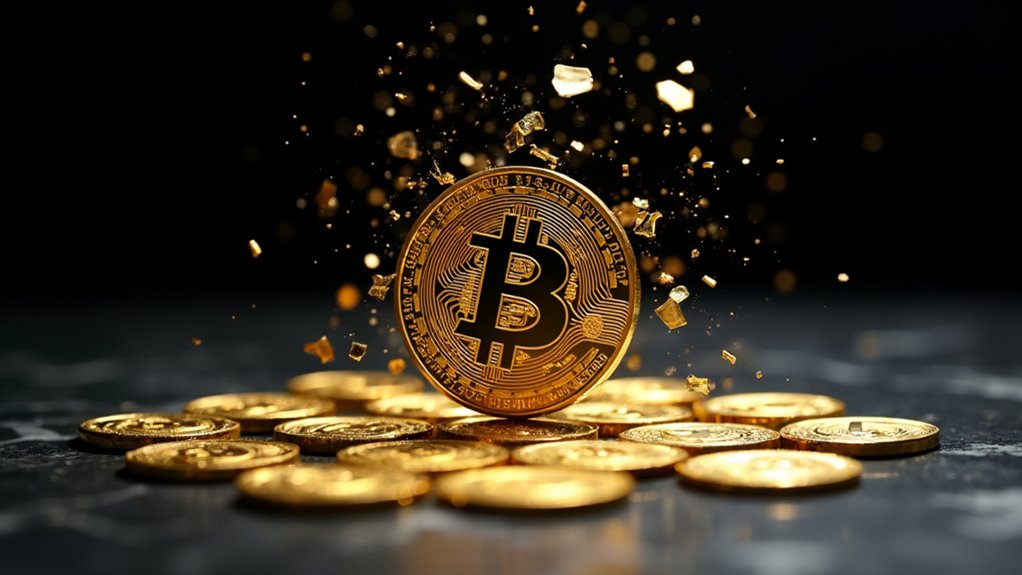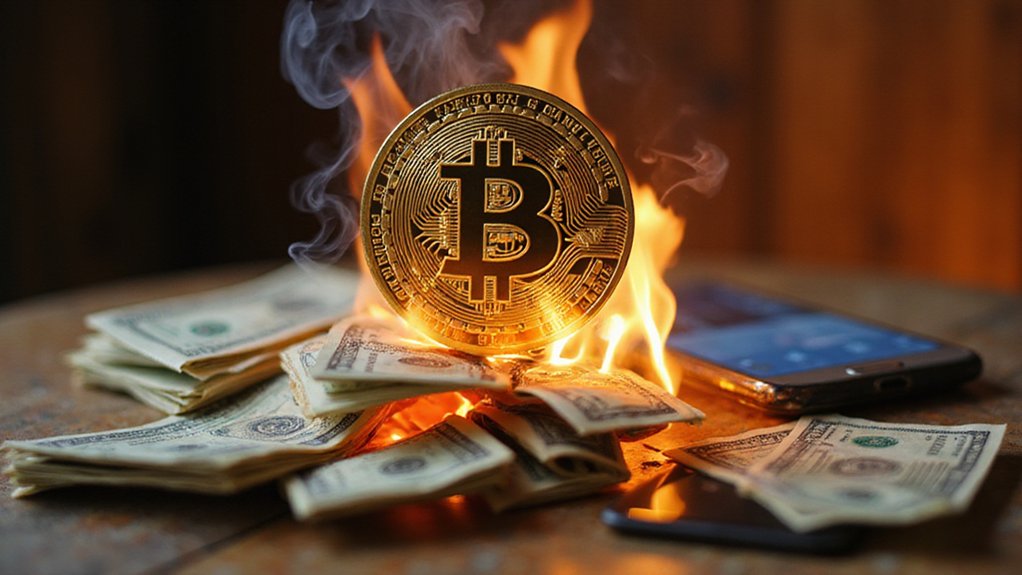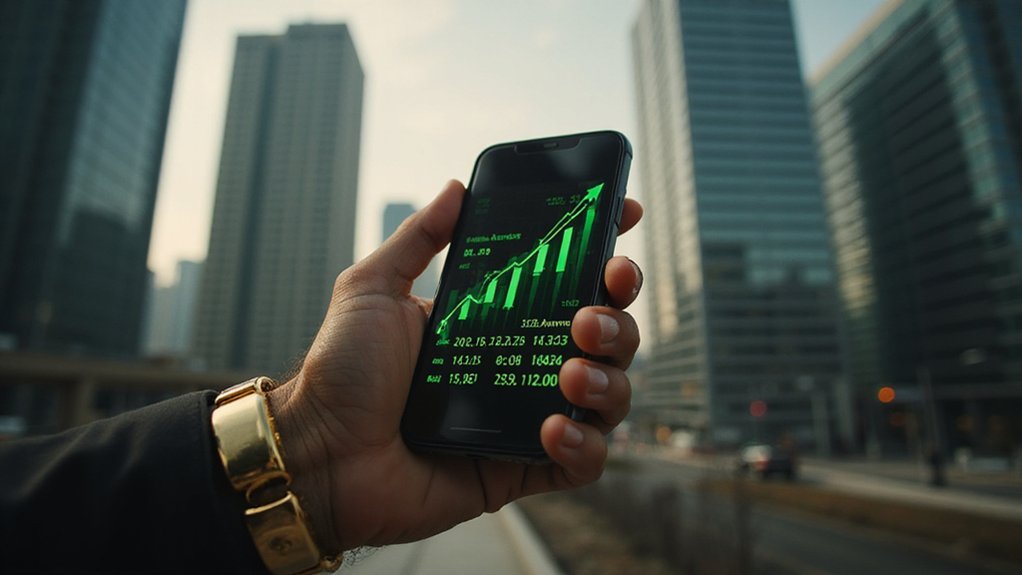While most monetary systems throughout history have succumbed to the irresistible temptation of printing more money—whether Roman emperors debasing silver denarii or modern central banks conjuring trillions with keystrokes—Bitcoin presents something genuinely radical: a currency with an immutable supply ceiling of exactly 21 million coins.
This hardcoded limit, embedded by Bitcoin’s enigmatic creator Satoshi Nakamoto, represents more than clever programming—it’s an explicit rejection of humanity’s millennia-old monetary malpractice. The protocol enforces this cap through mining rewards that halve approximately every four years, creating a predictable issuance schedule that concludes around 2140 when the final satoshi emerges from the digital earth.
Yet could this sacred boundary ever be breached? Technically, yes—Bitcoin’s open-source nature means the 21 million limit could theoretically be altered through a hard fork requiring consensus from miners, developers, and node operators. However, suggesting such a change borders on heretical within the Bitcoin community, akin to proposing that gold miners simply declare more atoms into existence.
The practical obstacles are formidable. Any supply increase would require coordination across Bitcoin’s deliberately decentralized network, where participants have powerful economic incentives to maintain scarcity. Why would holders vote to dilute their own wealth? The proposition resembles asking turkeys to endorse Thanksgiving—theoretically possible but profoundly irrational.
Bitcoin’s scarcity model deliberately mimics gold’s appeal while solving its practical limitations. With approximately 19 million bitcoins already mined, the remaining 2 million will trickle out over the next century through increasingly sparse mining rewards. This absolute scarcity creates what economists politely term “disinflationary pressure”—or what normal people recognize as “your money becomes more valuable over time.” The proof of work system that validates these transactions simultaneously maintains network security while controlling the release of new bitcoins into circulation.
The deflationary profile attracts institutional investors seeking refuge from fiat currencies’ perpetual debasement. Unlike central bankers who treat money printing as both problem and solution, Bitcoin’s monetary policy remains remarkably predictable: no emergency meetings, no quantitative easing, no “temporary” stimulus measures that somehow persist for decades. The appeal remains strong as 73% of U.S. crypto holders plan to continue investing in cryptocurrency in 2025, demonstrating sustained confidence in Bitcoin’s fixed monetary framework. These halving events systematically reduce mining rewards over time, reinforcing the psychological expectation of increased scarcity among investors.
Should the 21 million cap ever face serious challenge, it would likely fracture Bitcoin’s fundamental value proposition, transforming digital gold into digital fool’s gold—a distinction that markets tend to appreciate with brutal efficiency.








